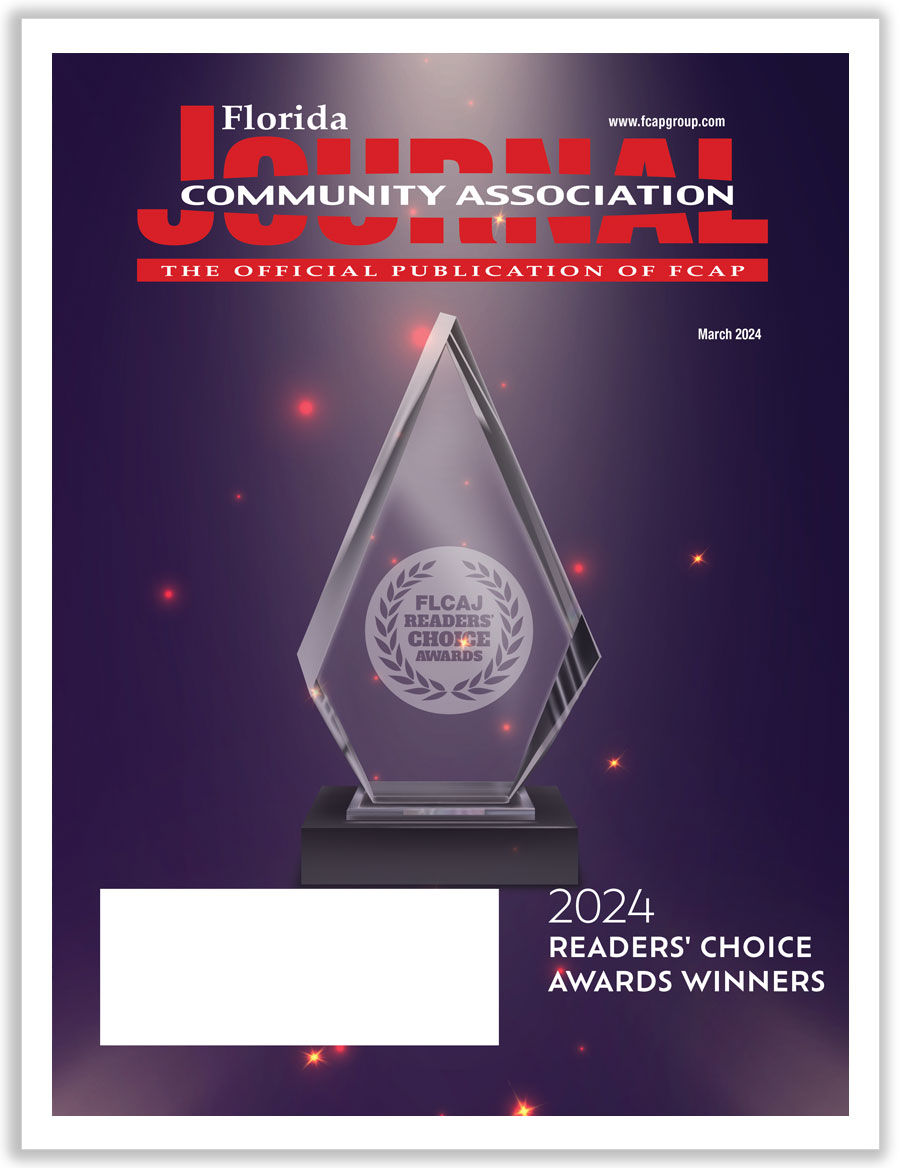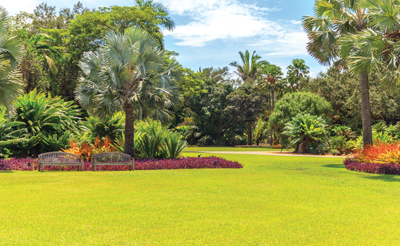
Managing Tree Risks before the Storm
By Ronnie Simpson / Published September 2022

Florida is home to some of the most beautiful landscapes ever designed. No matter where you look, you see trees and palms from all over the world towering high over our urban landscapes. The trees and palms in our landscapes represent important assets, both financial and environmental. Florida is also well known for its storm season. Regardless of whether it is an afternoon thunderstorm, a freak tornado, or a hurricane, we know that the likelihood of a storm is common. The dynamics of our storms and our diverse tree and palm canopies make management before the storm one of the most important things that a community can do.
So how does tree and palm management prevent a failure during a storm event? The truth is, you cannot prevent a tree or palm from failing during a storm; you can only mitigate their weaknesses and try to limit the chance of failure by being proactive well before a storm event.
Step one is to contract with a certified arborist who is also tree risk assessment- qualified to inspect your trees for potential hazards. The arborist will do a complete tree risk assessment and provide you with a report disclosing the known risks, the level of the risks, and a plan with mitigation options. This plan will allow you to make an informed decision on what is best for your community and what level of risk is acceptable to you. We recommend using a consulting arborist who does not also perform tree work. This way you can rest assured that the arborist is not simply trying to sell you unneeded tree work.
Step two is to develop a management plan that will include the mitigation options the community has decided on from the arborist’s report. The mitigation options chosen are strictly up to the tree owners or manager and should never be left up to the tree care provider to determine. With varying levels of hazards found and different risk levels, you will have multiple mitigation options. In exceedingly rare cases, tree or palm removal might be the only mitigation option available. Other mitigation options might include pest, disease, or nutrient deficiency management. In most cases, pruning will be the most common mitigation option. The management plan should be objective-based and factor in the tree or palm species, age, location, current health conditions, and frequency of the mitigation options. It should also consider the financial capabilities of the community and prioritize the highest risk situations first.
Step three is mitigation. With pruning being the most common mitigation option, it is especially important to remember that pruning should only be performed on any tree or palm when there is an objective and pruning can meet that objective. The objective might be to provide ten feet of clearance over buildings from trees, remove dead fronds and seed pods from palms, or any other objective that has been identified as important to the community. All pruning should also follow American National Standards Institutes (ANSI) A300 pruning standards. These pruning standards, if followed, will prevent poor pruning practices and potentially irreparable damage to your trees and palms, which could lead to future risks. It is recommended that you contract with a consulting arborist to monitor and review the work being performed on your property to ensure it is meeting the scope of work provided in the management plan.
Step four is to have your consulting arborist out on an annual basis to review your trees and palms and keep your management plan up to date. You should find in most cases that the scope of work becomes less and less with each visit, and pruning frequency diminishes. While palms might need to be pruned annually or twice a year depending on their location and species, trees will be pruned much less often than previously. This should provide the community with financial savings and the ability to reallocate those funds to other areas of the community.
Keep in mind that trees can fail even in the absence of wind or storms. It is highly recommended to have trees inspected periodically by an ISA-certified [International Society of Arboriculture] arborist who is also tree risk assessment- qualified. We always recommend using a firm that does not perform tree work-related services to help you plan what needs to be done to protect your trees and your property.
Ronnie Simpson
Owner, Arborology Inc.
Ronnie Simpson is the owner of Arborology Inc. and a board certified master arborist through the International Society of Arboriculture. He has over thirty years’ experience managing trees and palms throughout the Southeast United States. He is a past board of directors’ member for the Florida Chapter of the International Society of Arboriculture and currently serves as the chairman for their governmental affairs committee.





